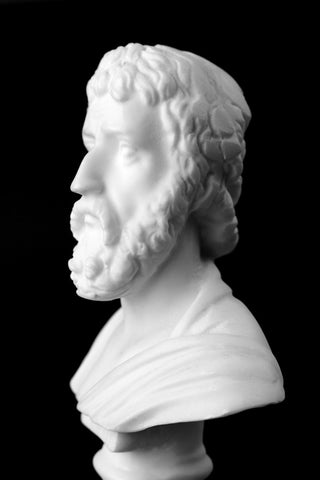
Developing approaches to Blood Wedding
£14.95
The aim of this scheme of work is to give AQA A2 Drama and Theatre Studies students a general understanding of how to approach the DRA 3 section B director/staging question, with specific focus on the first scene of the play Blood Wedding by Federico García Lorca.
This two-lesson introduction builds strategies appropriate for any of the section B texts. It will examine how to get students to cover key aspects of the Unit 3 section B mark schemes, while still encouraging a personal, imaginative approach with ‘directorial strategies and good range of fully developed ideas’.
Reminding students that they are staging a short section of the set text, and not the entire play is vital. Essays littered with irrelevant background detail about Lorca’s life and struggles with fascists and his own sexuality will not gain marks and this is not relevant research. Students are often not sure what they should be drawing a sketch of – a set design appropriate for the entire action of the play, or one which just represents the set for the short exam extract, or a combination of both. There is also the challenge of lighting and sound design, costume design and, finally, the demonstration of something called a ‘creative overview’.
The starting point for work on Lorca’s Blood Wedding should be: go away and read the play first. Look at the section on it in the AQA A2 text book. Try to make a note of what themes and ideas are raised in the play. Blood Wedding is a play full of pent-up frustration and passion. It embraces the importance of music, is open to the use of dance, crying and simmering violence. It is about love, being alive and not doing what society expects you to do. The most important thing is that the students understand exactly what they are required to cover in a ‘staging’ question, what exactly the role of the director entails. They are directing the extract, not a series of scenes from the play. If they want to communicate their interpretation of a specific theme, idea, atmosphere or relationship to the audience, it had better be clearly evident or expressed in the extract they have been asked to stage.
Number of lessons: 2




